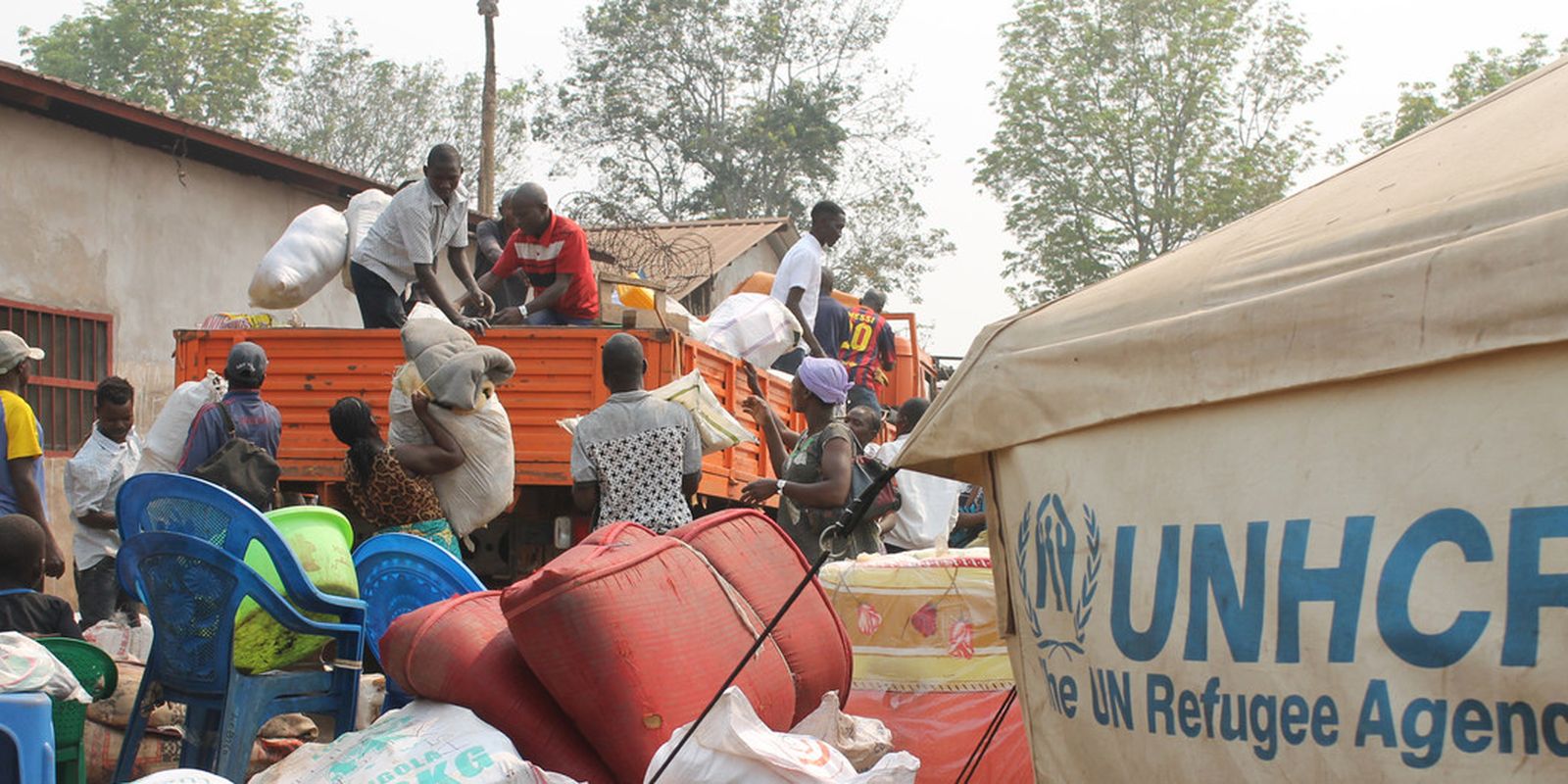Currently, 90 million of the total 123 million forcibly displaced people live in countries with a high or extreme level of susceptibility to climate-related risks. This means that the number of people facing these more acute scenarios increased by around 5 million at the turn of 2023 to 2024 alone.
The data appears in the report No escape: on the front lines of climate change, conflict and forced displacementreleased this Tuesday (12) by the United Nations High Commissioner for Refugees (UNHCR), during the 29th Conference of the Parties to the United Nations Framework Convention on Climate Change (COP29) in Baku, Azerbaijan. The document is the result of the work of several entities such as Alp Analytica, the Advisory Group for International Agricultural Research, the CGIAR Initiative on Fragility, Conflict and Migration, the German Council on Foreign Relations, the Norwegian Institute of International Affairs and the Community Aid Network and Response Association. Dadaab.
The UN agency also highlights that almost half of forcibly displaced people are subject not only to weakening caused by climate imbalances but, simultaneously, to violence arising from conflicts. As examples, Sudan, Syria, Haiti, the Democratic Republic of Congo, Lebanon, Myanmar, Ethiopia, Yemen and Somalia are cited in the document.
Experts highlight that, in the last decade, climate-related disasters were the cause of 220 million internal displacements – which is around 60 thousand per day. In total, last year, more than a quarter of these displacements occurred in a context that also included conflicts as a complicating element.
“This displacement can be temporary or prolonged, with people often trying to remain as close to their communities as possible, with the aim of returning to their land and homes at the first available opportunity,” they note.
For the coming decades, there is no sign of improvement. In the assessment of the entities that collaborated in the production of the report, “the risks for displaced people and their hosts will increase significantly”.
“By 2040, the number of countries facing extreme weather hazards is expected to rise from three to 65, the vast majority of which host displaced populations. Extreme heat will also increase significantly, with most settlements and refugee camps projected to experience twice as much days with dangerous heat by 2050”, they predict, adding that by the end of 2023 more than 70% of refugees and asylum seekers came from countries highly vulnerable to climate change, which are also less prepared to face the situation.
The UNHCR recalls that countries classified as extremely fragile receive only US$2.10 per person in annual funding per capita for adaptation. Another relevant information is that only in 25 of the 166 Nationally Determined Contributions (CNDs) – commitments that countries make to reduce their greenhouse gas emissions – were tangible measures listed regarding displacements caused by climate change and disasters.














